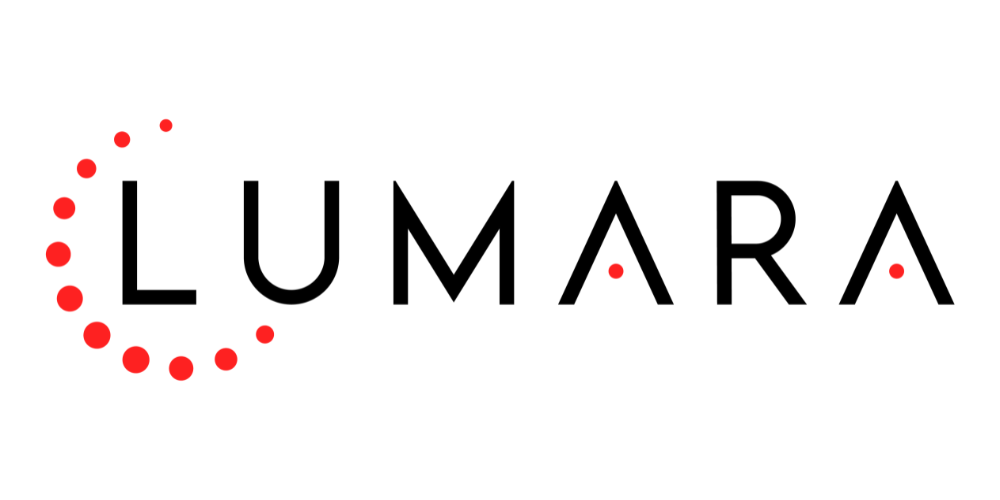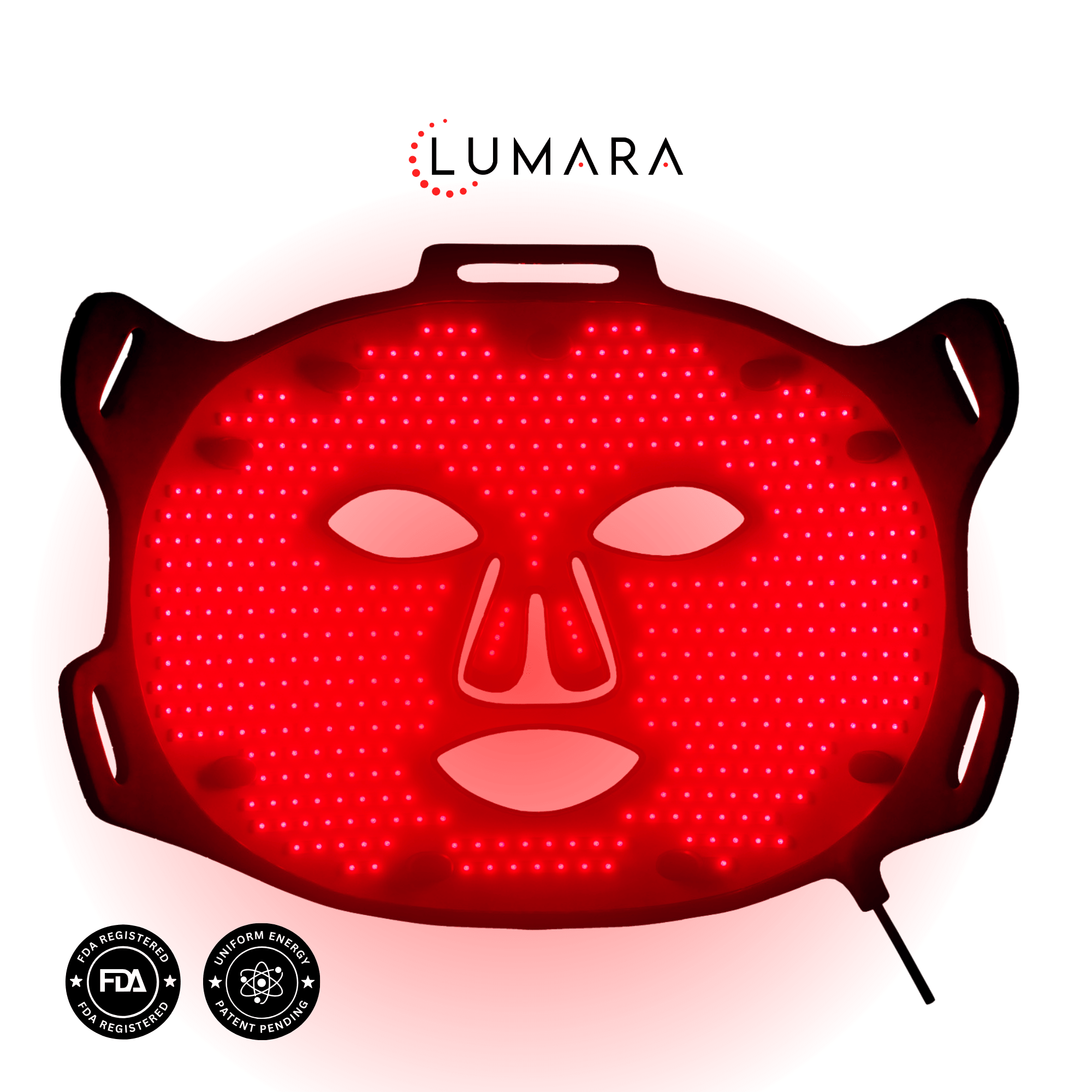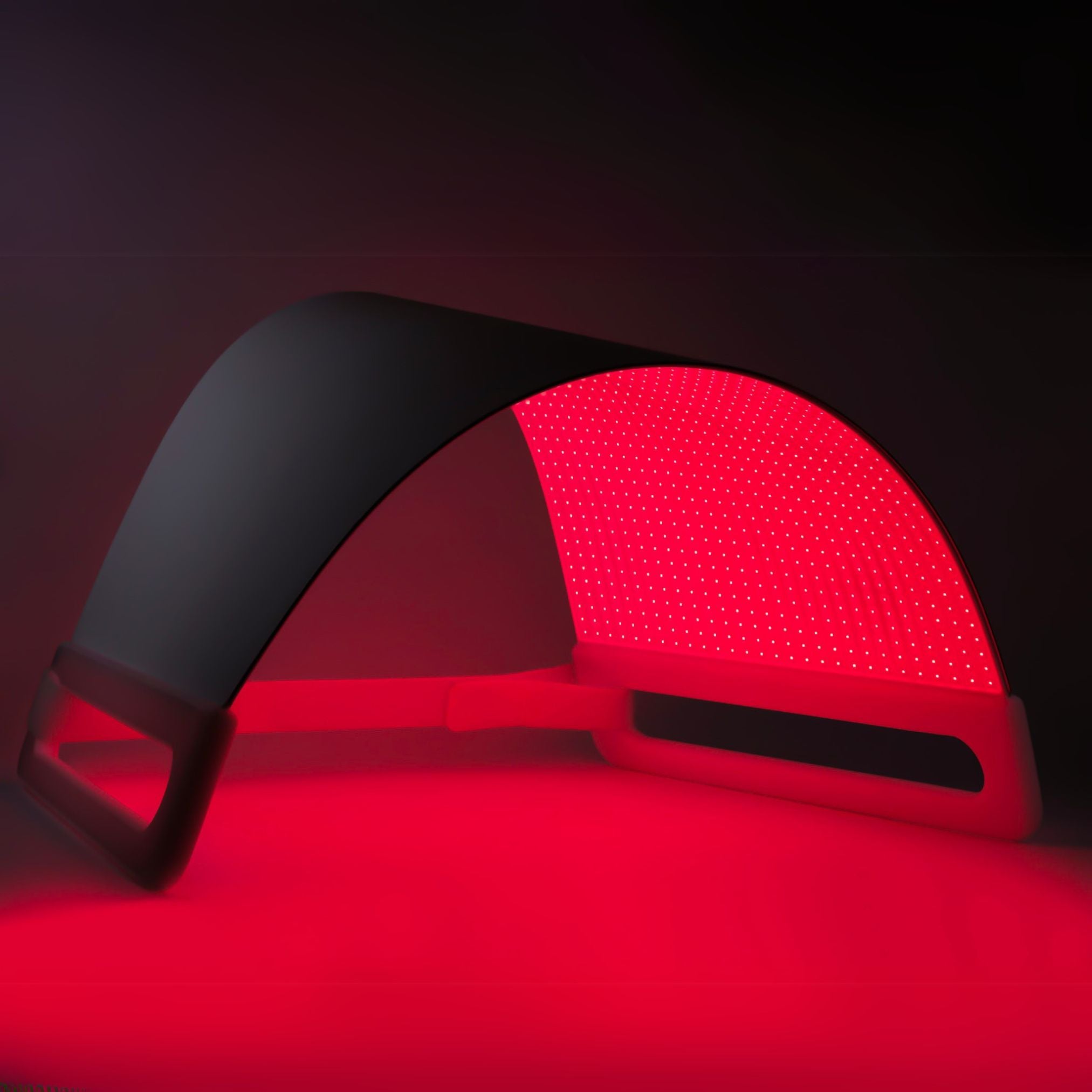Red (630–660nm) and infrared, more specifically near-infrared (830–950nm), light therapies both use photobiomodulation to trigger healing, working at different depths to achieve unique results.
Red targets surface skin, while near-infrared penetrates deeper into muscles, joints, and fascia.
What Is Red Light Therapy?
Red light therapy utilizes visible wavelengths in the 630–660 nanometer range, placing it squarely in the therapeutic “sweet spot” for skin-related treatments.
Unlike ultraviolet light, which can damage skin cells, red light promotes healing by stimulating mitochondrial activity at the cellular level.
Penetrating the surface of your skin, red light interacts with dermal fibroblasts and keratinocytes to initiate collagen synthesis, reduce inflammation, and enhance overall cellular function.
It’s particularly effective for:
-
Anti-aging – by stimulating collagen and elastin production
-
Acne and rosacea – through antimicrobial and anti-inflammatory effects
-
Post-procedure or wound healing – by accelerating tissue repair
-
Skin tone and texture – by increasing microvascular blood flow and cell turnover
Unlike many therapies that rely on invasive procedures or chemical intervention, red light therapy offers a non-invasive, science-backed solution for those seeking radiant, resilient skin.
What Is Infrared Light Therapy?
Infrared light therapy, specifically near-infrared (NIR), operates in the invisible range of the spectrum, with wavelengths typically between 830 to 950 nanometers.
Unlike red light, which remains near the skin’s surface, near-infrared light dives deep, penetrating muscle fibers, connective tissue, and joints.
What makes NIR so effective at this depth is its ability to stimulate ATP (adenosine triphosphate) production in the mitochondria of cells.
ATP is your body’s energy currency, it fuels tissue repair, reduces inflammation, and accelerates cellular regeneration from the inside out.
The Benefits Include:
-
Relieve muscle soreness and stiffness by improving micro vascular blood flow
-
Speed up joint recovery and reduce chronic inflammation
-
Support lymphatic drainage and detoxification
-
Enhance physical performance and post-workout recovery
But not all infrared therapy is created equal. Look for a device with transparent specs.
Devices that don’t disclose their wavelengths often default to heat production rather than true cellular stimulation.
This tricks you into thinking it's working deep within your cells for recovery, when it's basically just a heating pad with an expensive price tag.
Combining Therapies
If it sounds like both therapies align with your goals, you can definitely combine them.
Red light is ideal for your morning skincare routine, reducing redness, boosting radiance, and building resilience over time. Meanwhile, infrared light comes into play post-workout, during injury rehab, or anytime your muscles and joints need deep, restorative energy.
Some of the most advanced light therapy solutions today combine red light and near-infrared light into a single device.
When done correctly, this approach can be powerful, delivering both surface-level skin benefits and deep-tissue healing in one session.
If you opt for a device that has both therapies, note that infrared light therapy should not be used on the face as it could exacerbate conditions like melasma and damage eyesight.
Don’t Be Fooled By Marketing: Picking The Right Device
The explosion of red light therapy in the wellness space has flooded the market with flashy, low-cost panels that look impressive, but underdeliver where it counts.
These devices often use imprecise wavelengths, or space their LEDs too far apart to be effective.
Your High-Quality Device Checklist:
-
Precise Wavelengths: Make sure the device specifies between 630-660 nm for red light and 830–950nm for NIR.
-
Energy Output (Joules/cm²): This is your dosage. Without enough energy delivered to the skin or muscle tissue, even the right wavelength won’t produce results. The sweet spot for skincare is 5 Joules/cm² for surface-level treatment.
-
LED Spacing: Uneven spacing causes "leopard spotting,” patchy results due to poor coverage. This is especially true for RLT masks. Look for tight spacing for full, uniform delivery.
Specs matter more than branding. Because when it comes to healing, light alone isn’t enough. The right light, delivered the right way, is what delivers results.
Find Your Light, Fuel Your Recovery
The world doesn’t need another flashy gadget with vague promises, it needs tools that work. At Lumara, every device is born from scientific rigor, clinical performance, and a relentless commitment to results.
Whether you’re seeking glowing skin, relief from muscle tension, or a boost in daily resilience, our red and near-infrared light therapy devices are engineered to meet your goals, with precision, power, and integrity.
💡 Want clearer, calmer skin? Discover the VISO LED Mask, pure 660nm red light, no heat, just results.
💪 Need deeper relief? Explore the Lumara Pad, our most powerful tool for muscle, joint, and recovery work.
Glow. Heal. Recover, with the light that’s built to perform.






Share:
How Long Should You Do Red Light Therapy?
Seasonal Affective Depression and Light Therapy | Does It Work